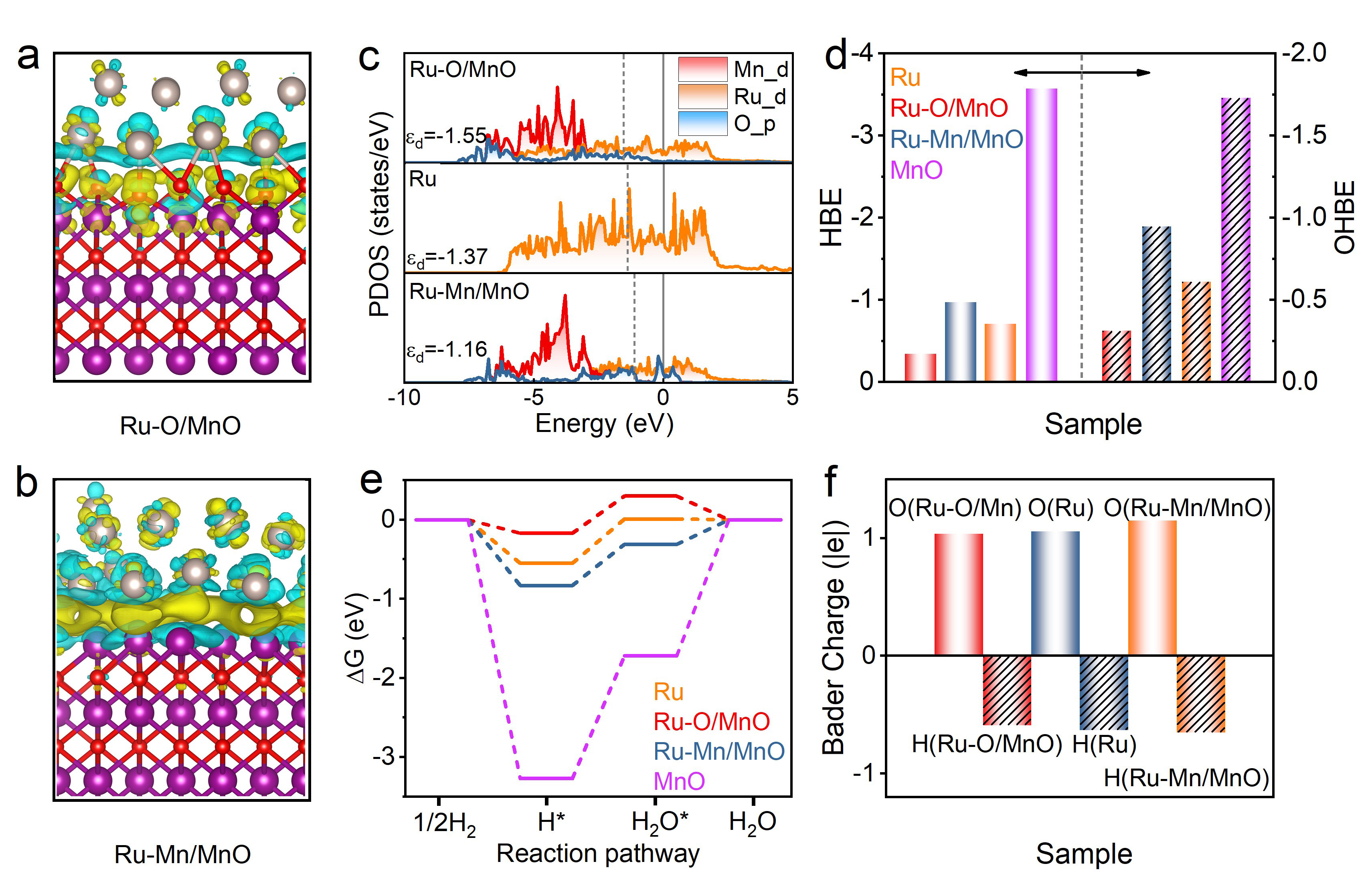2025-04-29 中国科学院(CAS)
<関連情報>
- https://english.cas.cn/newsroom/research_news/earth/202504/t20250429_1042363.shtml
- https://agupubs.onlinelibrary.wiley.com/doi/10.1029/2025GL114641
気候変動下における雪害のパターン: 乾燥優勢から温暖優勢へ Patterns of Snow Drought Under Climate Change: From Dry to Warm Dominance
Chuan Wang, Zhi Li, Nicolas Guyennon, Yaning Chen, Yupeng Li, Qixiang Liang, Yanfeng Di
Geophysical Research Letters Published: 11 April 2025
DOI:https://doi.org/10.1029/2025GL114641

Abstract
Global warming may trigger more frequent snow droughts (SD). SD can result from low total precipitation (dry-SD), high temperatures leading to less solid precipitation (warm-SD), or a combination of both (dry-warm compound SD). Those three SD types threaten ecosystems differently. Nevertheless, the regions dominated by SD types, the transition patterns, and future risks under climate change remain unclear. We investigated the dominance of the three SD types and their transition patterns across historical and future periods. By 2100, compared to 1981, the results project global increases in SD frequency by more than 3-fold and 4-fold under SSP2-4.5 and SSP5-8.5 scenarios, respectively. Moreover, the share of warm SD is increasing and projected to account for 65% of the three SD types by 2050. Compared to historical period, the probabilities of dry-warm compound SD and warm SD in the future period is expected to increase by 3.7 and 6.6 times, respectively.
Key Points
- Snow drought (SD) frequency is increasing worldwide, and is expected to double under SSP2-4.5 scenario compared to the past four decades
- While low precipitation was the main factor of SD historically, warm SD fraction will continuously increase, reaching 65% by 2050
- The global transition from dry to warm dominated SD is attributed to greenhouse gases
Plain Language Summary
Global warming may drive an increase in snow droughts (SD). SD are categorized into dry SD, warm SD, and dry-warm compound SD, which pose serious environmental threats. Currently, our understanding of the evolutionary patterns and potential risks of SD under climate change is unclear. Climate modeling studies have reported that climate change increases the frequency and intensity of SD significantly, especially at middle and high latitudes. We found that dry-warm compound SD and warm SD will occur more commonly in future, the transition between them will be more frequent, and the risk of the SD types is expected to increase by 3.7 and 6.6 times, respectively. This suggests that severe water management challenges will arise to adapt to more frequent and compound SD in snow dominated regions. This study provides scientific support for water security and climate change adaptation.



